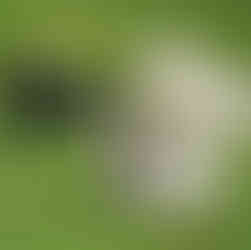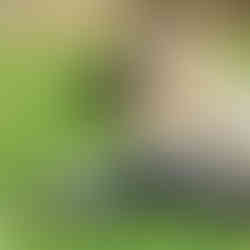Spring news from Challacombe Farm – lambs, new bull and a world first.
- Mark Owen

- Apr 19, 2022
- 4 min read
Whilst you can never be 100% sure on Dartmoor, we’ve now put Winter behind us, and with the warm sunshine of the past week, it almost feels we’ve skipped Spring and have gone straight into Summer.
First farm to be certified Regenerative by A Greener World.
Our recent big news is that we are the first farm in the world to successfully complete the accreditation process to be Certified Regenerative by a Greener World. We have been involved with A Greener World for a few years, initially as they we were impressed with their ‘Animal Welfare’ accreditation scheme as it has a much wider remit than other schemes and includes factors such as livestock being able to behave naturally, as well as having good environmental management.
So, when they announced they were developing a Regenerative standard, we volunteered to be one of 50 farms worldwide to act as a guinea pig in testing out the new scheme, and were surprised and delighted to discover we were the first to pass the accreditation. Regenerative has become a bit of a buzz-word in farming in recent years, and so to avoid it merely becoming ‘greenwash’, we feel it important to have it backed up by an independent audit process. The assessment standards cover the sustainability of the whole-farm, measuring benefits for soil, water, air, biodiversity, infrastructure, animal welfare and social responsibility. Whilst undertaking the process took quite a while, we found it to be a good way of consolidating our plans to farm in harmony with nature, and get external, independent feedback to help us achieve our aims.
Our animals
Sheep
We now about half way through lambing, and so far, it’s going very smoothly. Our Shetland x Icelandic sheep being a fairly primitive breed, very rarely need a hand to lamb. The lambs are also very vibrant and generally up on their feet and taking their first drink within ½ hour. As the weather has been so good, we’ve been able to mostly lamb outside in the fields next to the barns, which they prefer. Once they’ve lambed, we bring them into one of the barns, and keep the ewes in a pen with their lambs to make sure they bond well. After a day or two (depending on their size) we then let them out into the main part of the barn to mingle with other ewes and lambs – this gives us the chance to check they’ve bonded with their mums properly and for them to stretch their legs. After a few days the lambs are big and fast enough to hopefully avoid being predated, so we take them down to our grass fields. These haven’t been grazed all winter, so there is lovely mix of fresh grasses and herbs for their mums to regain their strength.
Cattle
We’ve also had steady flow of calves over the past month. Although the bull is with them year-round, most of our cows calve in the Spring, in the same way their more wild ancestors would have done. They also calve outside, generally taking themselves off to a quite spot away from the rest of the herd, and will hide the calf away for a few days (plenty of spots amongst the boulders and gorse bushes) before they re-join the herd.

We’ve also just brought a new bull (to avoid them mating with their daughters, you need to change bull every few years), and the new arrival is a Murray Grey who we are calling Duke Silver. His name was Jedward, but we have standards to maintain, so it had to be changed. The Murray Grey is a medium sized Australian breed, closely related to Aberdeen Angus. What attracted us to choose him was that he’s docile, well behaved with the ladies, and produces small calves, that grow quickly on a pure grass diet. We won’t find out for another 3 years or so, but the meat is renowned for being marbled and tender.
Wildlife
The warm weather has been bringing in the first of the summer migrants such as redstarts and wheatears, and the native birds have started on their nest building. In the next week or so we expect our cuckoos, swallows and house martins to arrive.
The trees are bursting into leaf, and the hawthorns in particular look stunning with their milky white blossom. The very first bluebells are just coming into bloom, but it won’t be until towards the end of May that the ones on the sides of Challacombe valley will turn the slopes a spectacular blue. To give them the best chance of flowering and seeding the sheep and cattle will be kept off this area until at least the middle of June.
Walks & events
This is also the time of year when we host lots of walks and tours of the farm – from home-ed groups wanting to learn about farming and see lambs, wildlife and history enthusiasts, and many others. If you’ve a group who would be interested, please get in touch.
















Comments